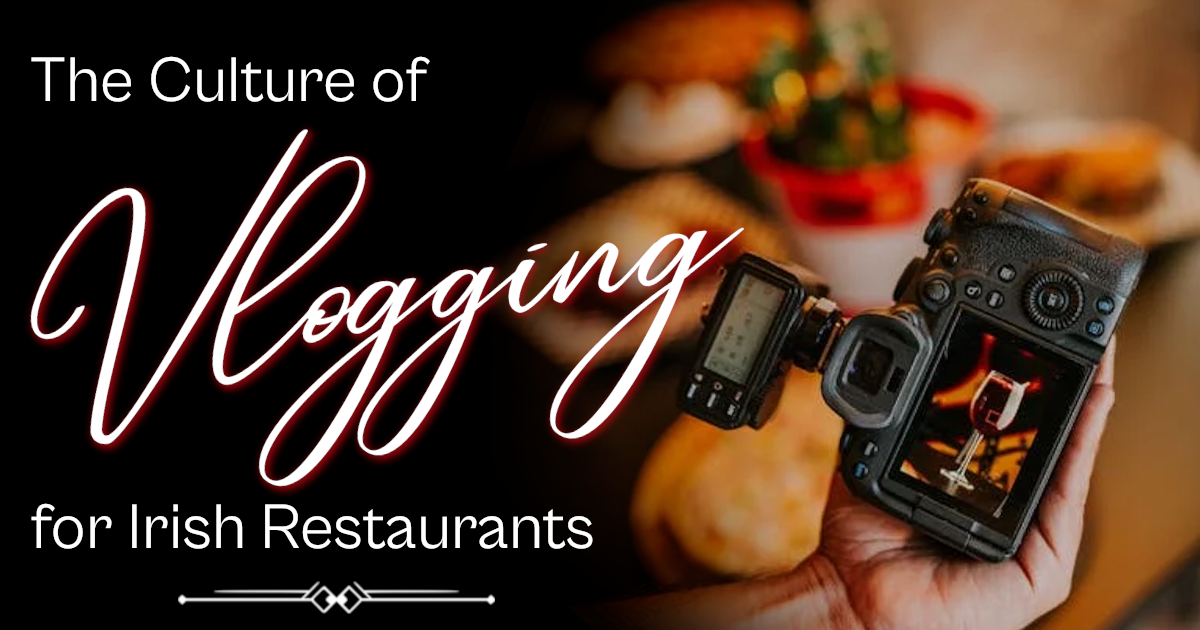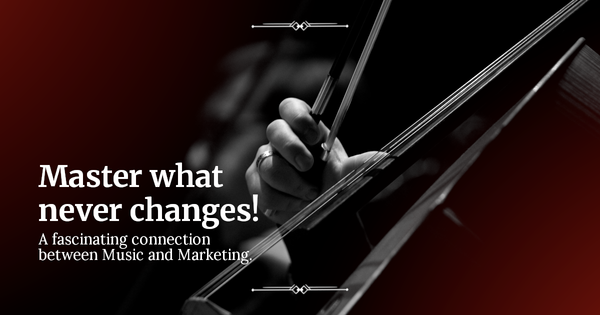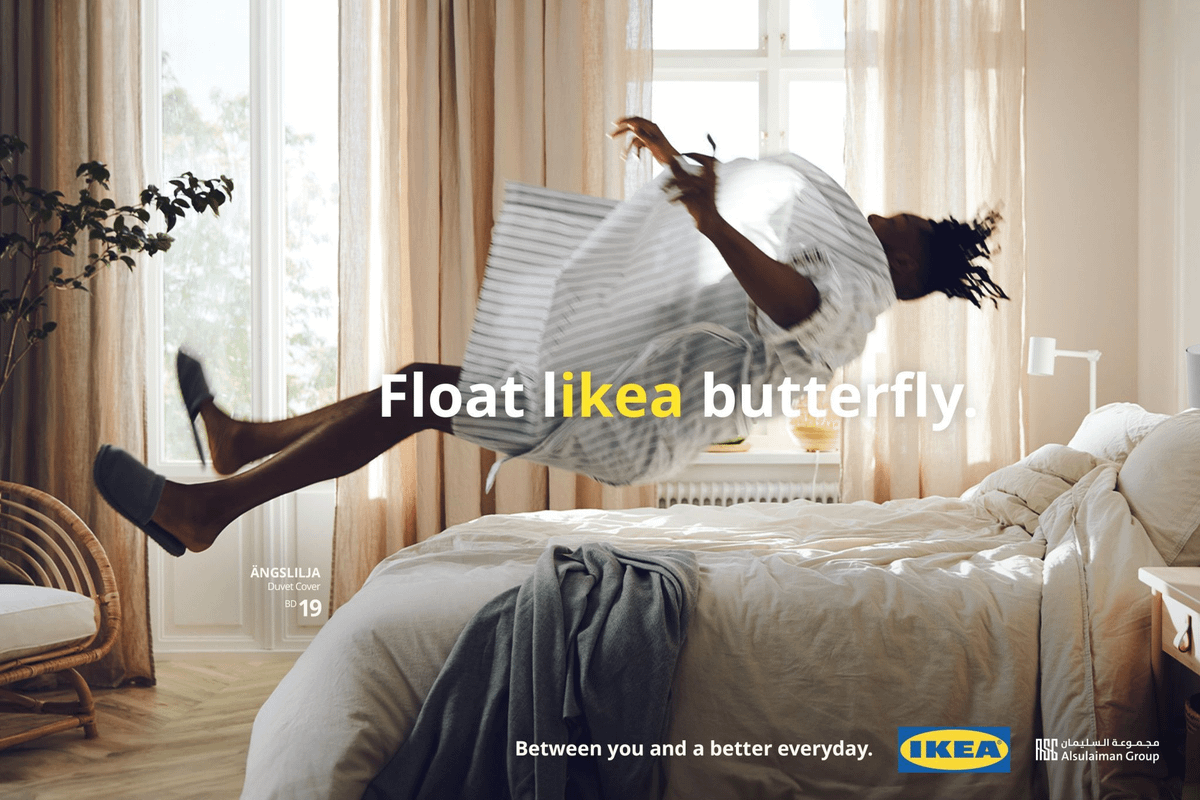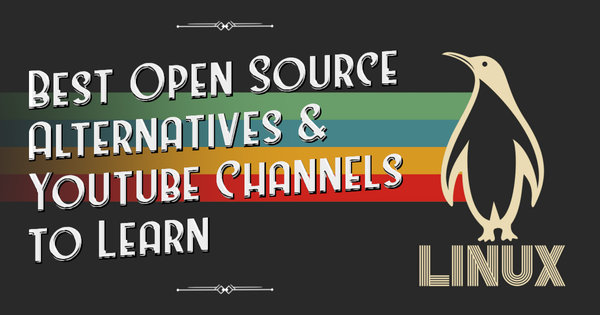The Culture of Vlogging for Irish Restaurants: A Practical Guide
In that digital space, video has become a universal language. For restaurants, vlogging isn’t just another marketing tactic. It’s a way to tell stories, showcase culinary identity, and connect with audiences on a personal level. Done right, it can transform casual viewers into paying customers.

Why Video Matters for Irish Hospitality
The Irish restaurant scene sits at a fascinating crossroads. On one side, there’s tradition—pubs, family-run kitchens, recipes passed down for generations. On the other, there’s innovation—modern menus, new dining concepts, and a fast-changing digital world.
In that digital space, video has become a universal language. For restaurants, vlogging isn’t just another marketing tactic. It’s a way to tell stories, showcase culinary identity, and connect with audiences on a personal level. Done right, it can transform casual viewers into paying customers.
The timing couldn’t be better. From small-town cafés to Michelin-starred dining rooms in Dublin, Irish restaurants are well-placed to use vlogging to highlight what makes their food—and their culture—special.

What Vlogging Brings to the Table
Vlogging isn’t only about “food porn” shots. It’s a strategic tool that can:
Humanise Your Brand
- Introduce your team and chefs.
- Share their backgrounds, philosophies, and personalities.
- Build trust and emotional connection with viewers.
Showcase Culinary Expertise
- Offer behind-the-scenes glimpses of the kitchen.
- Share ingredient sourcing stories, especially local and seasonal.
- Explain cooking techniques in approachable ways.
Tell Cultural Stories
- Connect dishes to Irish history and heritage.
- Highlight how traditional recipes are being reimagined.
- Celebrate regional flavours, from Galway oysters to Cork’s food markets.
Adapt to Platforms
- TikTok: Fast-paced cooking hacks and behind-the-scenes moments.
- Instagram Reels: Aesthetic, short-form highlights of dishes or ambience.
- YouTube: Longer videos—chef interviews, full recipe breakdowns, or restaurant journeys.

The Practical Side: How to Start
You don’t need a production studio. With the right approach, even small restaurants can build an effective video presence.
- Equipment: Start with a modern smartphone. Add a budget microphone and tripod for quality improvements.
- Editing: Free tools like DaVinci Resolve or Shotcut can handle the basics.
- Consistency: One strong video every week or two is better than daily uploads you can’t sustain.
- Optimisation: Use descriptive titles, keyword-rich captions, and location tags so people can actually find your content.
Emerging Vlogging Trends in Hospitality
Irish restaurants that keep an eye on trends will stand out. Some of the formats gaining traction include:
- Interactive cooking tutorials: Let viewers cook along at home.
- Virtual restaurant tours: Showcase interiors and atmosphere.
- Chef collaborations: Partner with other local names for cross-audience exposure.
- User-generated content: Encourage diners to film their experience and share with your hashtag.

Why It Works
Vlogging is more than marketing—it’s storytelling. It lets restaurants:
- Capture attention with visuals.
- Build emotional ties through authenticity.
- Drive action by creating anticipation for the in-person dining experience.
In short, it makes Irish food culture not just something you eat, but something you feel part of.
Final Thoughts
Irish gastronomy has always thrived on connection—between food and place, chef and diner, tradition and innovation. Vlogging is simply the modern extension of that tradition.
Restaurants that embrace it can grow visibility, reach younger audiences, and strengthen loyalty, all while celebrating the flavours and stories that make Irish dining unique.
If you’re in the Irish restaurant world, now is the time to pick up the camera, hit record, and share your story.
Behind the scenes:
🌍📍🗺️ - The Yacht Bar, Clontarf - Dublin
Thanks a million to Esther Lacerda, who made it possible!





